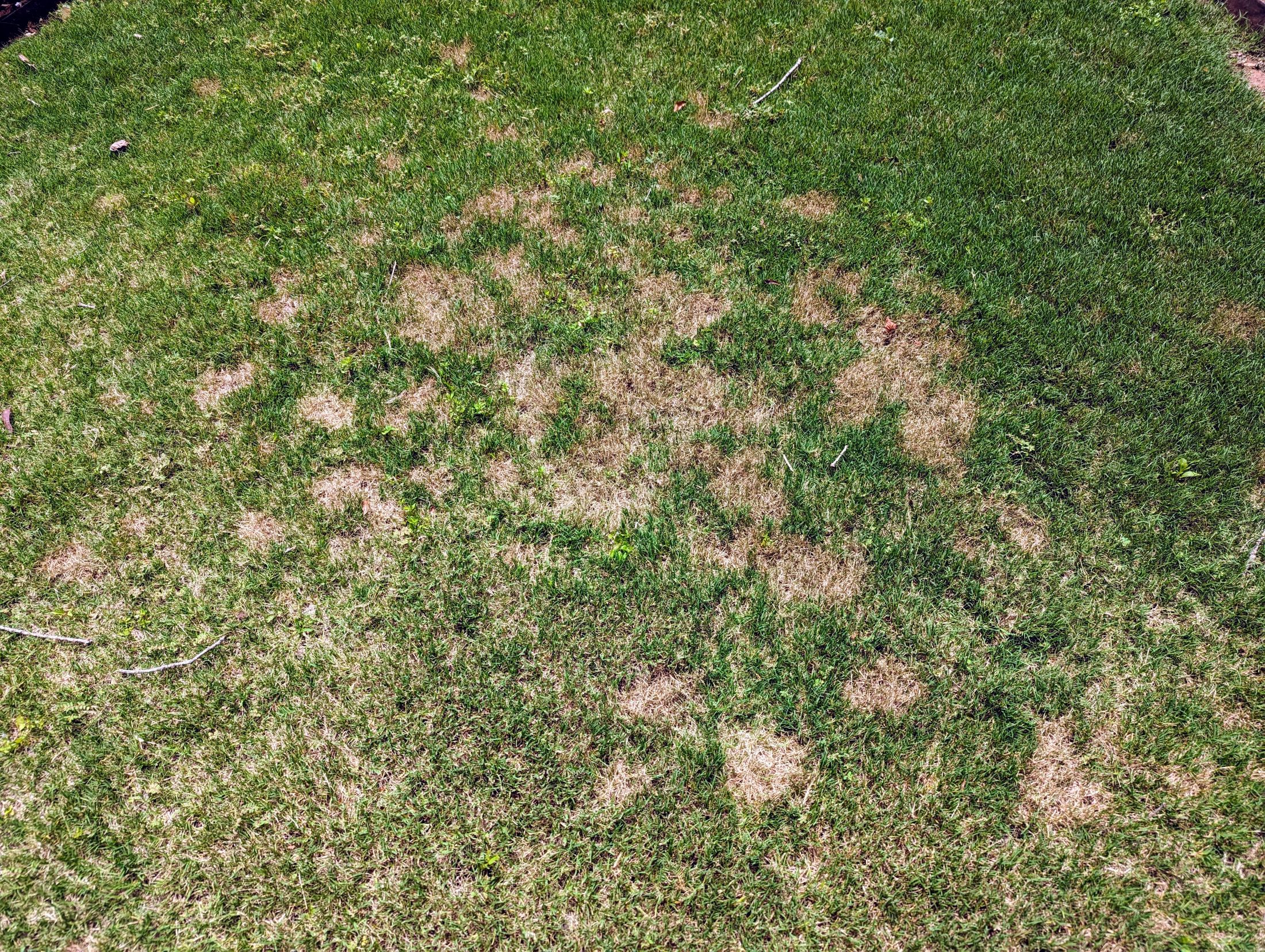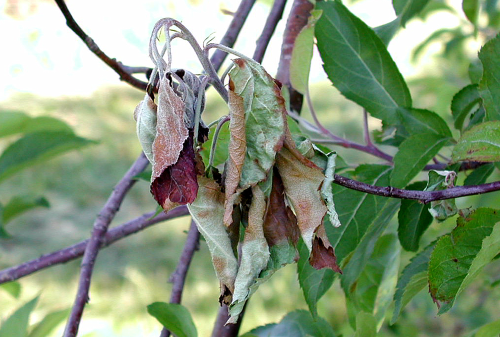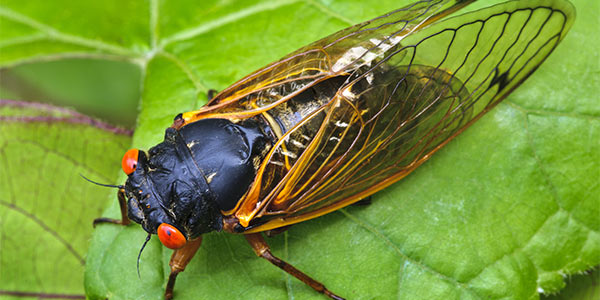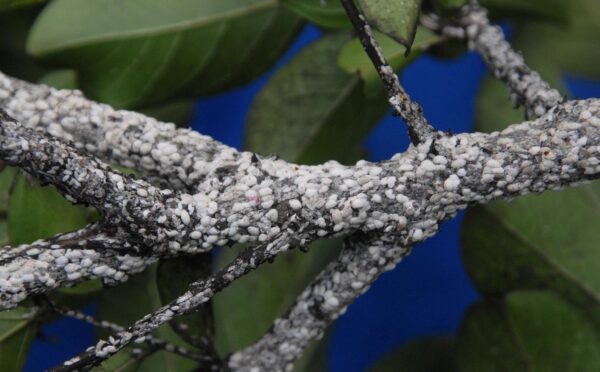Background on dollar spot
Dollar spot is a problem on bermudagrass and zoysiagrass. Conditions favoring disease development include dry soil moisture conditions. When adequate soil moisture is provided, dollar spot is rarely a problem. Sufficient surface moisture for disease development may be provided by dew, fog or watering. Low nitrogen also favors disease development.
Disease development normally occurs between 60 and 80 degrees F. The symptoms of Dollar Spot are often confused with those of brown patch. Dollar spot is characterized by circular areas only a few inches in diameter. However, when the infection is severe spots may run together.
Look for a lesion on the grass blade, particularly on the edge of the grass blade. Sometimes these areas go all the way across the blade, causing the tip to die and to take on a straw color. The pattern and color of lesion development on the foliage is a good means of distinguishing dollar spot from brown patch. The control and management procedures include providing adequate moisture when necessary. Because high nitrogen tends to favor the development of brown patch, discretion must be used when fertilizing.
Soil moisture should be adequate enough for good growth of the grass and aid and reduce disease severity, however, watering should be done only in the early morning so the foliage can dry quickly. If fungicides become necessary, look online for products labelled for use on lawns. Read all label precautions and directions carefully and make sure that you understand them. Remember that adequate moisture and adequate fertilization are the key to controlling dollar spot disease.

Dollar spot occurs when nights are cool and days are warm in the spring and again in the fall. The spots of dead grass are about the size of your hand. They are very noticeable on closely mowed lawns. Dollar spot is associated with a lack of fertilizer and drought conditions. To control it, apply a moderate amount of fertilizer and irrigate deeply only one time per week. There are lawn fungicides available to control dollar spot. Read the label carefully and use the rate and timing that is indicated.
https://www.walterreeves.com/lawn-care/bermuda-disease-dollar-spot/
Keith's Comments
This year has been bad for dollar spot. We had some start up in the front lawn here. This is to be expected with all the rain we’ve had lately. The lawn hasn’t had a proper chance to dry out. What I plan to do here is apply a great fungicide called T-Methyl. We sell it as a wettable powder or granular. This works great because it it a systemic fungicide. I am also going to fertilize the lawn with a water soluble fertilizer. We use the Jack’s 20-20-20 here but really anything would be good to promote more growth. Hopefully this will help my bermuda grass fill back out. It’s not a super common disease that we get here but when it rains this much, it can be expected.



